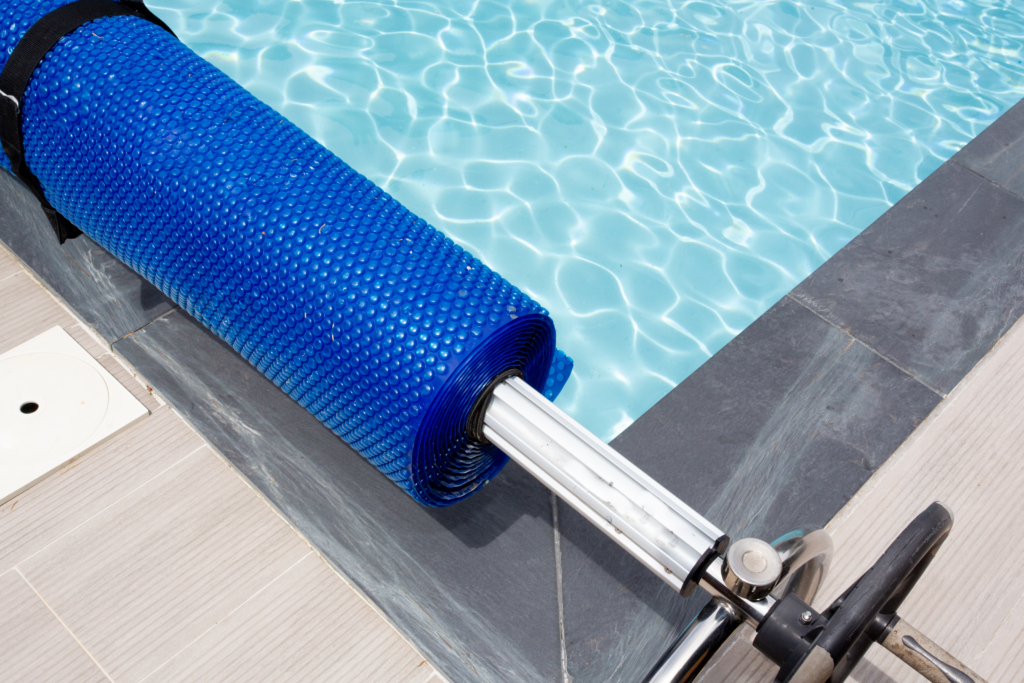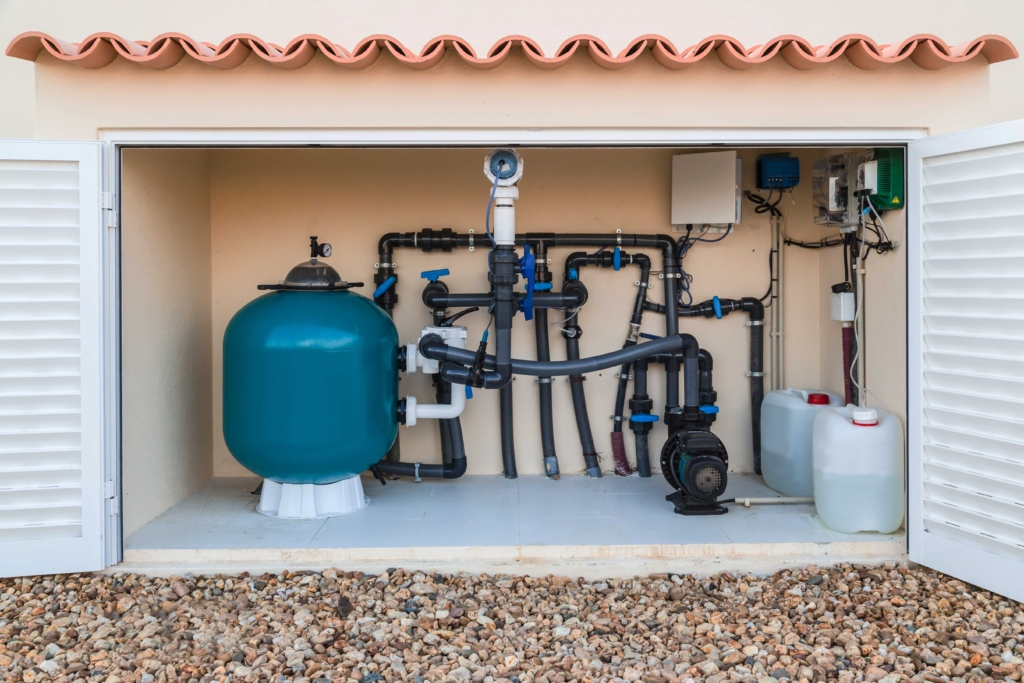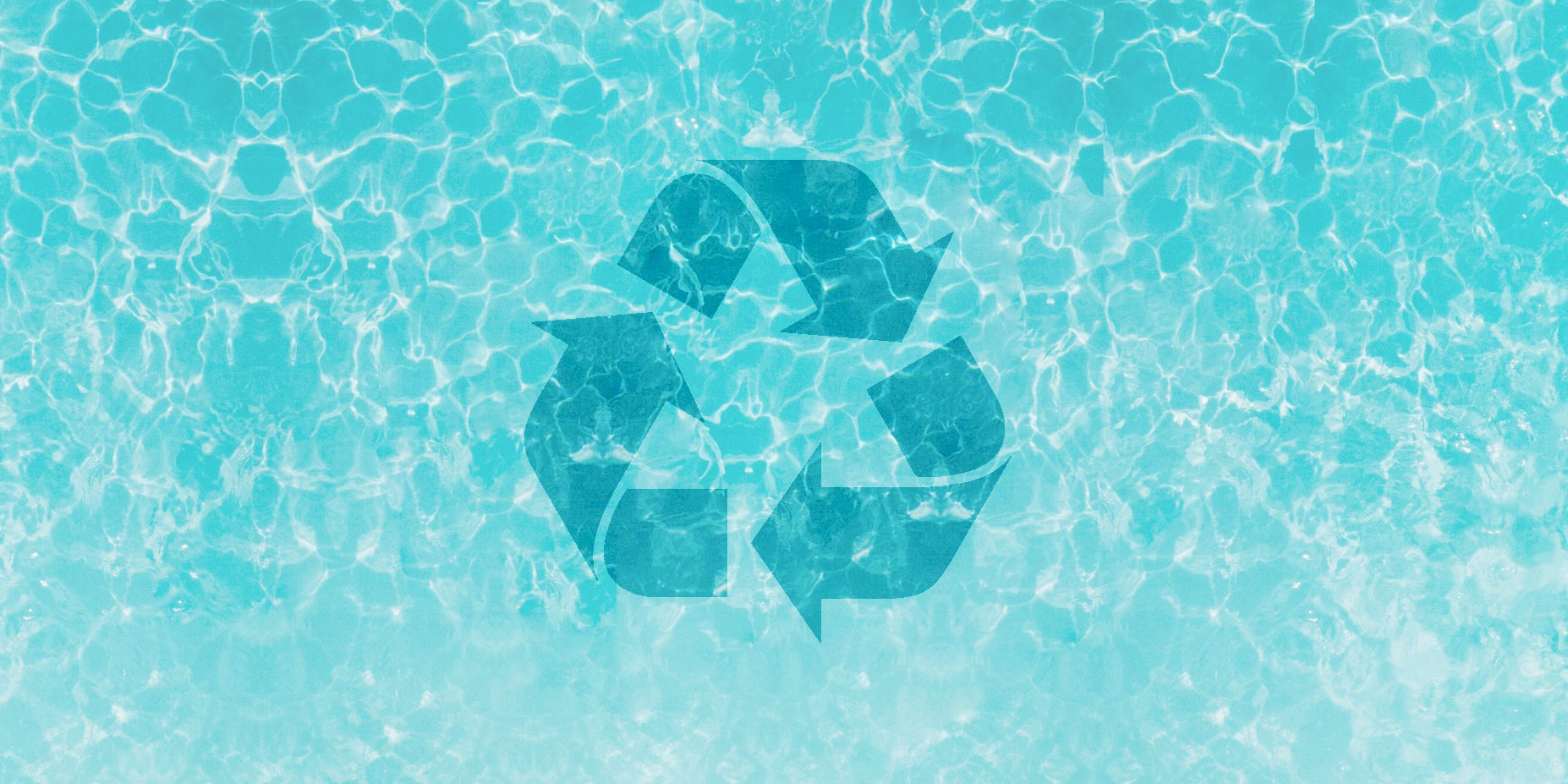Long before the phrases “environmentally friendly,” “climate change” and “global warming” crept into the lexicon, I can remember my father constantly admonishing his four baby boom kids to turn off lights they weren’t using, to stop wasting water they weren’t drinking and “to prime the pool pump, for heaven’s sake!” If the pump wasn’t primed well enough, it seems, it made an ungodly churning and sucking noise that could drown out the TV and be heard throughout the neighborhood.
These not-so-subtle reminders were never issued by my father out of any genuine concern for the environment. At least none that I could detect. After all, this man regularly used gasoline to kill weeds. Instead, as a child shaped by the Great Depression, conserving water, and electricity to him simply meant saving money.
Of course, it is never a bad thing to save on your electric bill. But these days, running an energy and water efficient pool is as much about respecting the environment as it once was about preserving dad’s cash flow.
So irrespective of whether you already have a swimming pool, or are planning to build one in the very near future, here are a few tips to help reduce the footprint it makes on the environment:
- Locate your new swimming pool where it will get the most shade, especially in the heat of summer. Or plant trees near your current pool to create shade. Shade helps prevent water evaporation, and lessens the pool’s chemical and energy dependence, even as trees and other greenery help filter out air pollutants.
- Create a wind break. Pools that face the wind may also experience substantial water evaporation. If your pool does this, consider adding a wind break. Best composed of thick green durable shrubbery, a fence constructed of wood or vinyl will also achieve similar protection.
- Check for leaks. If your pool’s water level seems to drop faster than can be explained by normal evaporation, check for leaks. Leaks waste water and cost money.
- If you must use chlorine—which can harm the environment—consider using less of it. You can do this by choosing a bromine-based cleaner, ozonator system, or other mineral system to augment your current chlorine treatments. Certain minerals—such as zinc, silver, and copper—have sanitizing and/or algaecide properties of their own. Another mineral, limestone, helps absorb chlorine acid.
Note that none of these mineral or bromine additives have sufficient sanitizing properties on their own. But when used in tandem with your regular chlorine treatment they can help extend the life and effectiveness of both. Talk to your pool supply expert for more details.
- Swap your current pool pump for a more efficient one. Variable speed pumps use far less electricity than one-speed pumps, and you can add a timer to further reduce the number of hours your pump needs to run. A well-primed pump, as we were reminded so often, creates less noise and uses far less electricity.
- Consider replacing your electric or gas heater with a solar pool cover. A solar cover won’t generate as much heat as an electric or gas heater. But it will collect enough of the sun’s rays to warm the pool water by 4-8 degrees, which is usually more than enough during Florida’s benign winters.

- Replace old pool lights with new LED bulbs, LED bulbs burn much longer and create brighter, clearer illumination for pennies a day (compared to about $1/day for incandescent lights), which adds up to serious savings over the life of the pool.
- Retrofit your pool with a salt water generator. Not as difficult as it may sound, converting to a salt water generator can be done in as little as a day with costs that vary between $1,800 to $2,750, plus the cost of salt (typically 25 to 63 cents per pound). For sanitation purposes, the pool still requires chlorine—which is created by the salt water generator—but a whole lot less of it.

- If you have yet to build a pool, but are planning to soon, be sure to talk with a reputable pool contractor about designing yours to be as energy efficient, water-saving, and non-toxic as possible. Today’s newer, high-tech pools treat the water with salt, ozone, active oxygen, or UV radiation to make them weigh less on the environment while creating a safer, more sanitary, and less toxic environment in which to swim.


Comments